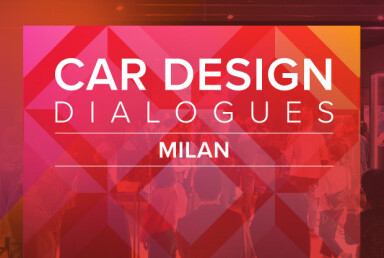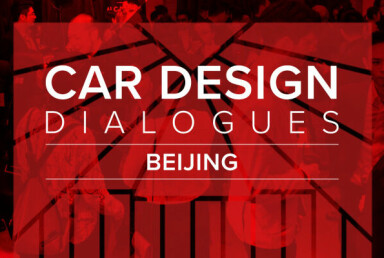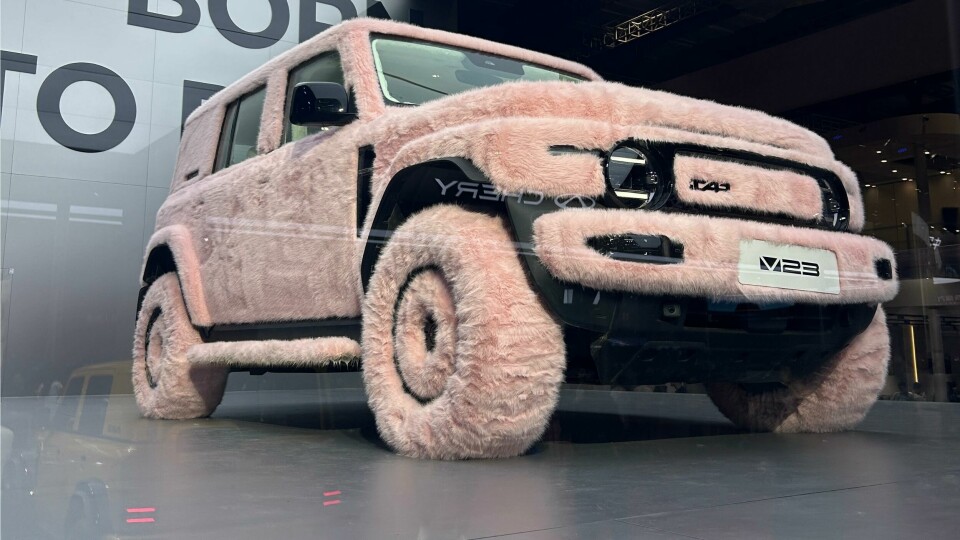
Taking the temperature in Shanghai
Following the Shanghai Auto Show and Car Design Dialogues, CDN is back from China. Editor-in-chief James McLachlan has thoughts
The Shanghai Auto Show was a homecoming of sorts for Car Design News. Up until the pandemic, CDN had been running designers nights and the China Student awards for the best part of a decade. In our absence, things have sped up, however improbable that sounds. This, as our panelists discussed at Car Design Dialogues, has made setting out long term design strategies a fool’s errand. Indeed, GAC’s design boss Fan Zhang expressed concerns that designers had lost momentum in the race to be first. A consequence of the vaunted “China Speed”?
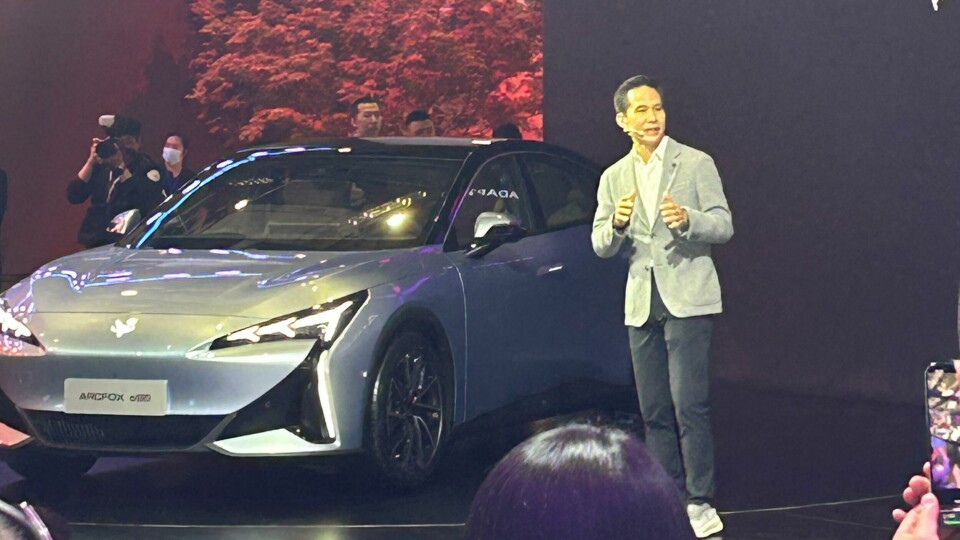
Perhaps that explains why the show itself was not notable for outlandish launches, the fluffy pink jeep by Chery sub-brand iCar notwithstanding. There is still plenty of chrome, and the occasional oddity but things are settling down design-wise: the Chinese brands have become very good at a certain type of production car, think streamlined fastback sedan/crossover with plenty of tech. Notable by its absence was the prospect of autonomous driving, which, as CDN’s China correspondent noted, is linked to a tightening of regulations by the State. You can read his picks from the show here.
The desire to escape the city seems less a want than a need
Even taking into account that CDN visited on the media day, the gargantuan convention centre seemed a little quieter than expected. The halls showcasing the American brands were less busy still – a pity as there was some very nice work from Buick under the Patac JV. There are new typologies and trends gathering momentum.
The interest in going offroad, for example, continues to grow mirroring what has been happening in Europe and North America. What was a niche pursuit, epitomised by BAIC’s Jeep Wrangler tribute act BJ40 has been turbo-charged by the pandemic, which saw Chinese citizens face draconian quarantine measures. The desire to escape the city seems less a want than a need. Evidence came in a variety of offerings from the show floor: Jetour, BYD, Hongqi and Dongfeng (who’s designers seem to have spent too much time using parametric design tools judging by the Mhero’s front face). On home turf, SAIC launched an absolute unit of an SUV with pop-up headlights – shocked-face emoji. Yes, it is a concept. The most outlandish was from GAC who channeled a Cybertruck aesthetic, particularly from the rear, but with less compromises. CDN can only see this trend growing.
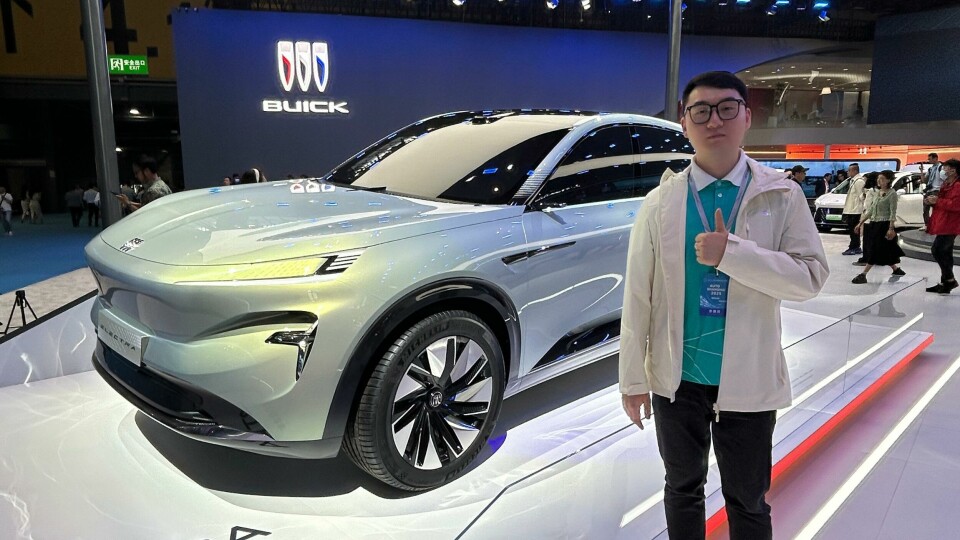
The second standout speaks to the Shanghai style of being driven rather than driving oneself. Given the volume of traffic, those that are behind the wheel in Shanghai are remarkably mannered, but navigating the clogged streets is in no way fun. In the continued absence of fully-autonomous capabilities, it is better to let someone lead the negotiations. Enter the coupe-MPV as demonstrated by BAIC’s new 7 concept under sub-brand Arcfox and Mercedes-Benz’s similarly proportioned Vision V. Two stand-out launches, both channel the spirit of Patrick Le Quement of the Renault Avantime by adding sex appeal to this very pragmatic segment.
Chinese brands clearly believe there is an audience out there and that they will avoid the same fate as the Frenchman’s brilliant but sales averse vision. Of the pair, it is Arcfox that is more indulgent – the gullwing doors will not likely make production. The Mercedes, meanwhile, majors on a pretty epic lighting signature coupled with sophisticated and high-spec interior. Both are interesting propositions that feel, particularly in the German carmakers case, attuned to the peculiarities of the market.
For all the data-driven intelligence there is still a place for gut feel and instinct as to which square to place your chips
Should we be surprised? Well, in Mercedes-Benz’s case no. The OEM has just opened a new studio overlooking the Bund from the dizzying heights of the 46th floor. CDN had the privilege of a detailed tour of the purely digital facility with Gorden Wagener and his team plus a ceremonial ribbon cutting on the helipad. Requests by CDN for Wagener to parachute in were kiboshed by the comms team, which was probably for the best. Keep ‘em peeled for the full write-up in the near future. It is a strong statement by Mercedes, which affirms its commitment to the luxury space in China with a mix of local and global design talent. That, one suspects, will be the key for any heritage brand wanting to remain a player in this hypercompetitive market.
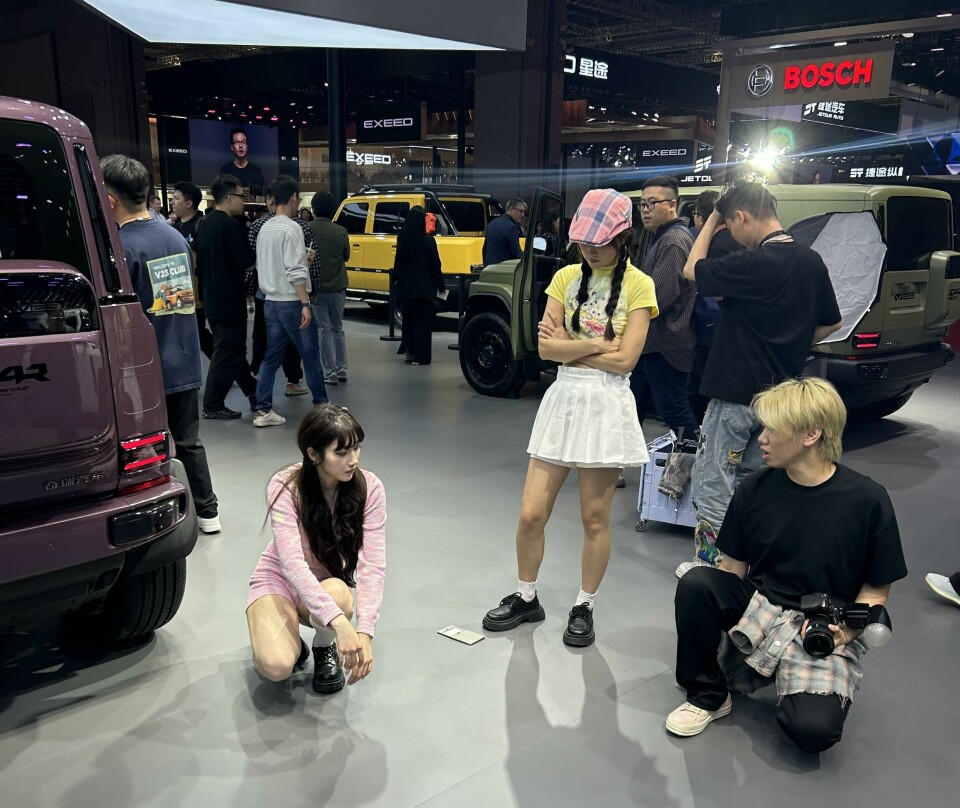
Changan, like many other Chinese carmakers, is looking west. At a press briefing behind the scenes, top brass shared their global ambitions, which include plans to launch 60 global products in the next five years and establish manufacturing bases in Europe and the Americas. Leadership did not rule out opening new design studios in these markets to tap into the local needs. Watch, as they say, this space.
So what does the auto show and the surrounding accoutrements tell us? Well, China’s global ambitions are undeterred and Western OEMs need to up their game. We know this already. For designers, both facts present interesting challenges. The creeping inertia that design directors spoke to CDN about back in September is still there and the worry must be that design is not currently leading the conversation. In times of uncertainty, and this is undoubtably one of those times, people tend to fall back on what they know.
However, this period can only last so long before someone breaks and takes a gamble. For those that do, the risk and rewards are great. As Kris Tomasson pointed out to CDN, for all the data-driven intelligence there is still a place for gut feel and instinct as to which square to place your chips. For Chinese OEMs seeking fortune in Europe, this means synthesising tech with an aesthetic that will appeal but without creating a similacrum of what Western brands have already mastered. In the reverse, overseas brands looking to re-establish their credentials must recognise that in China the game has changed. Truly, it is all to play for.


